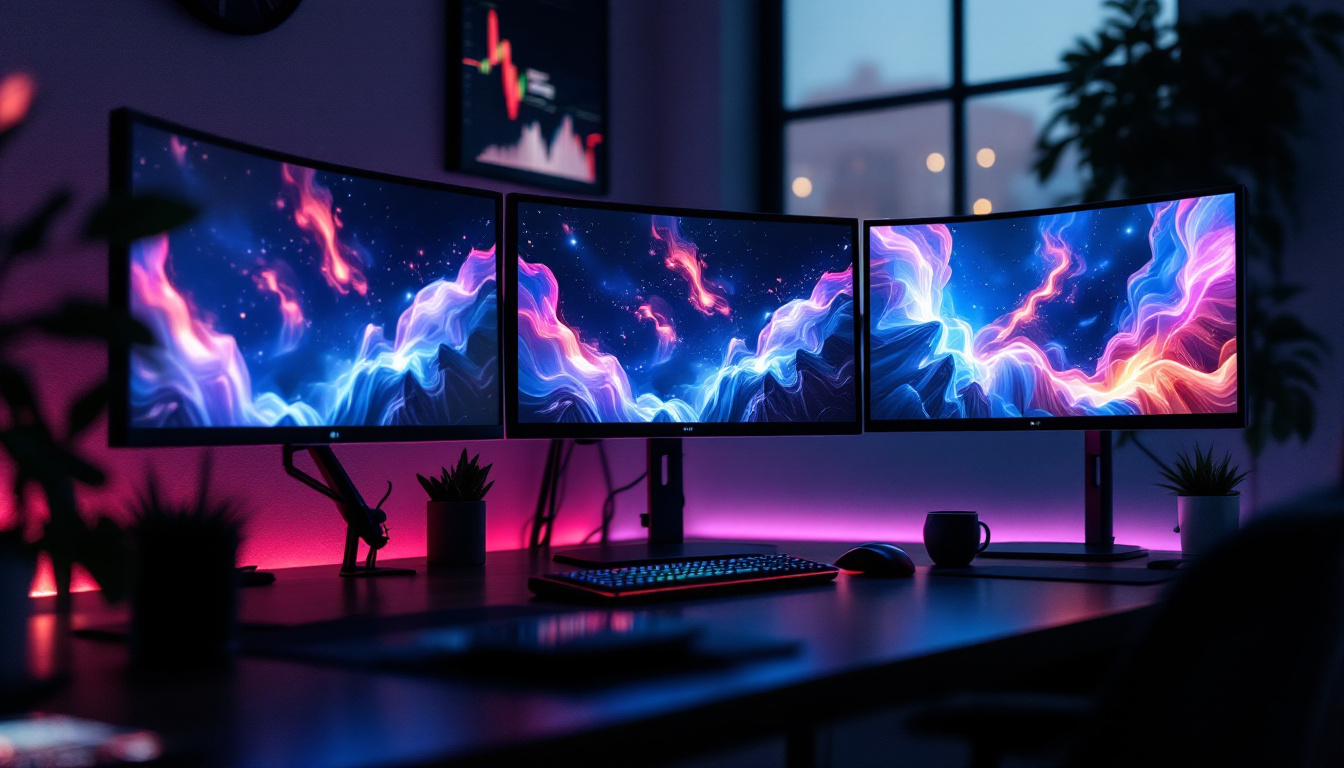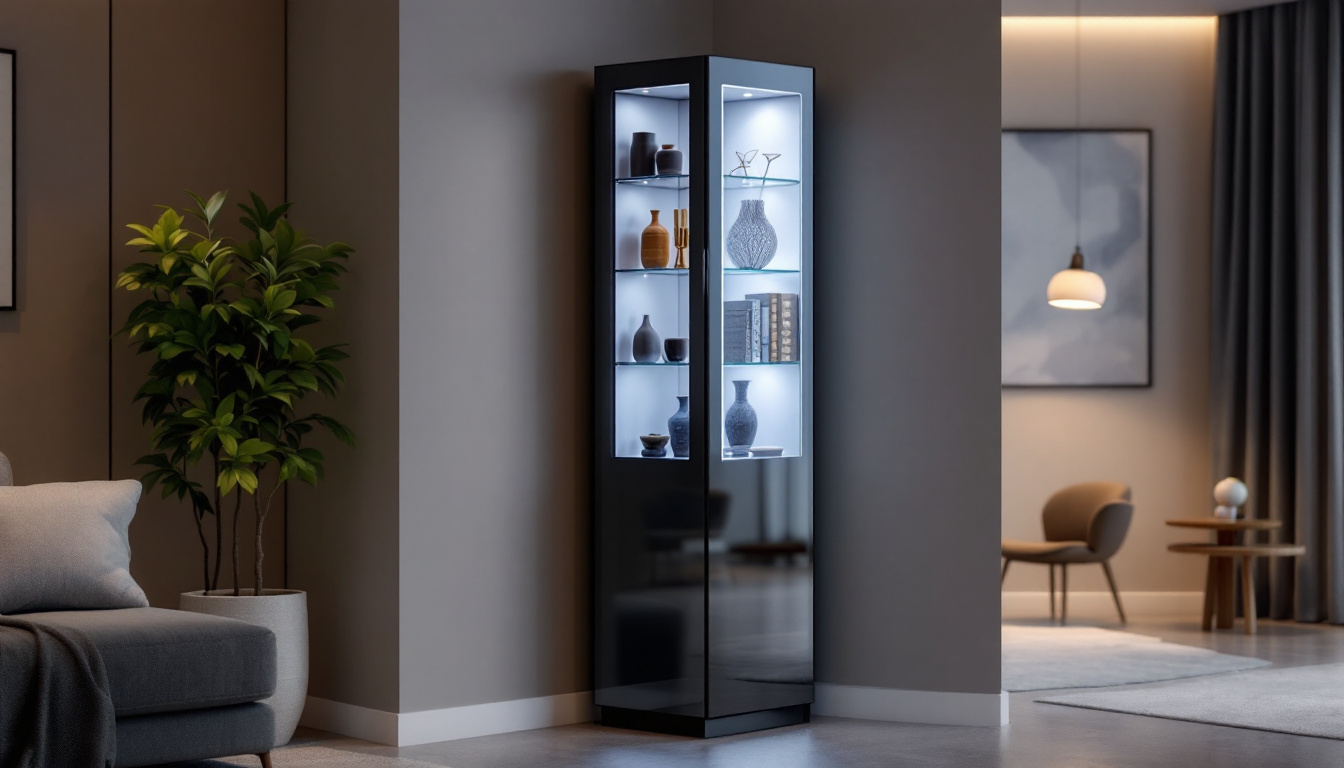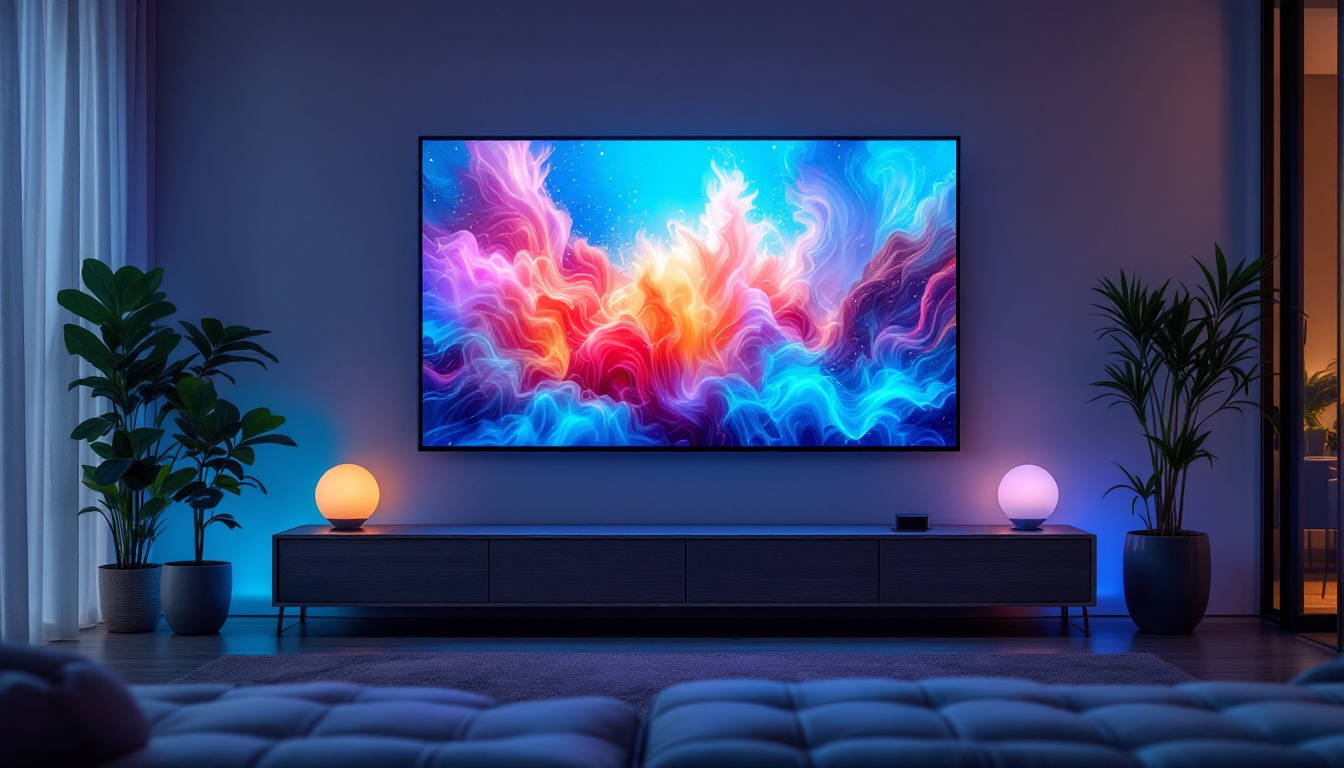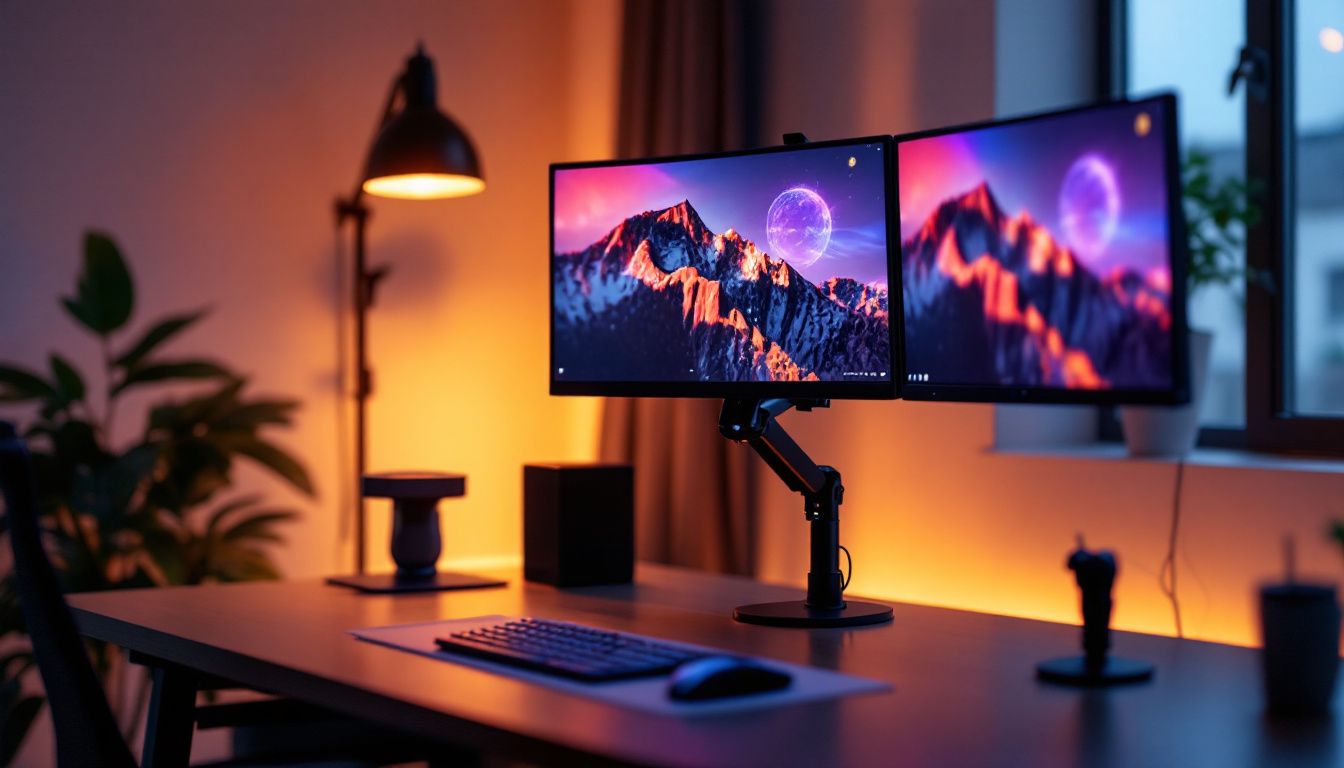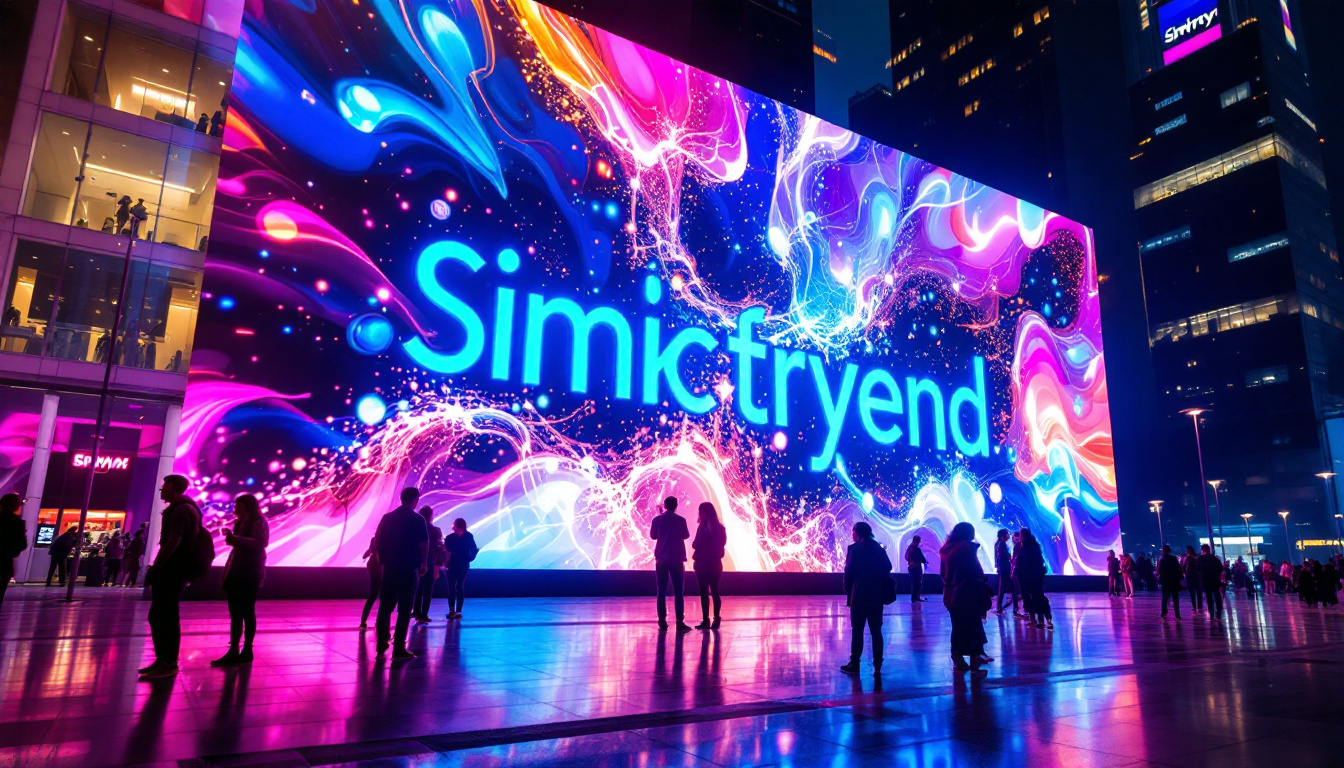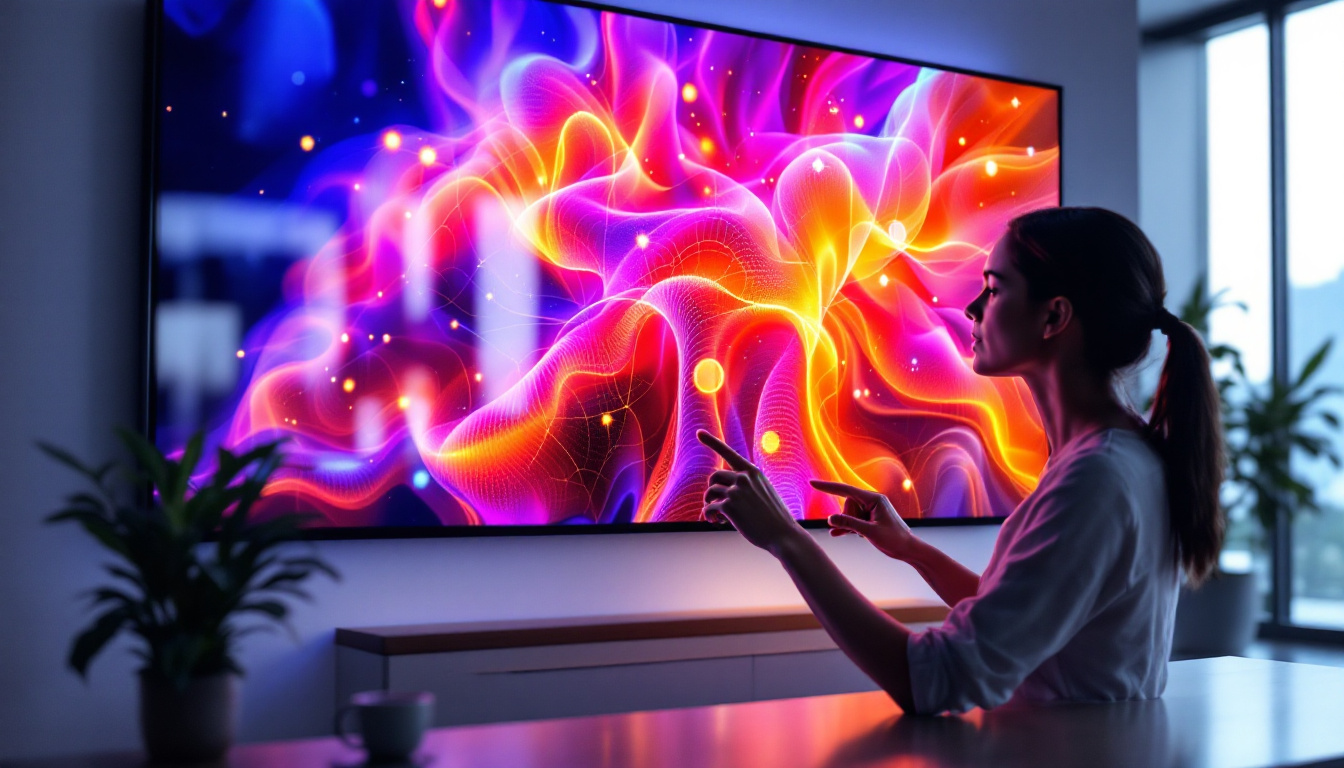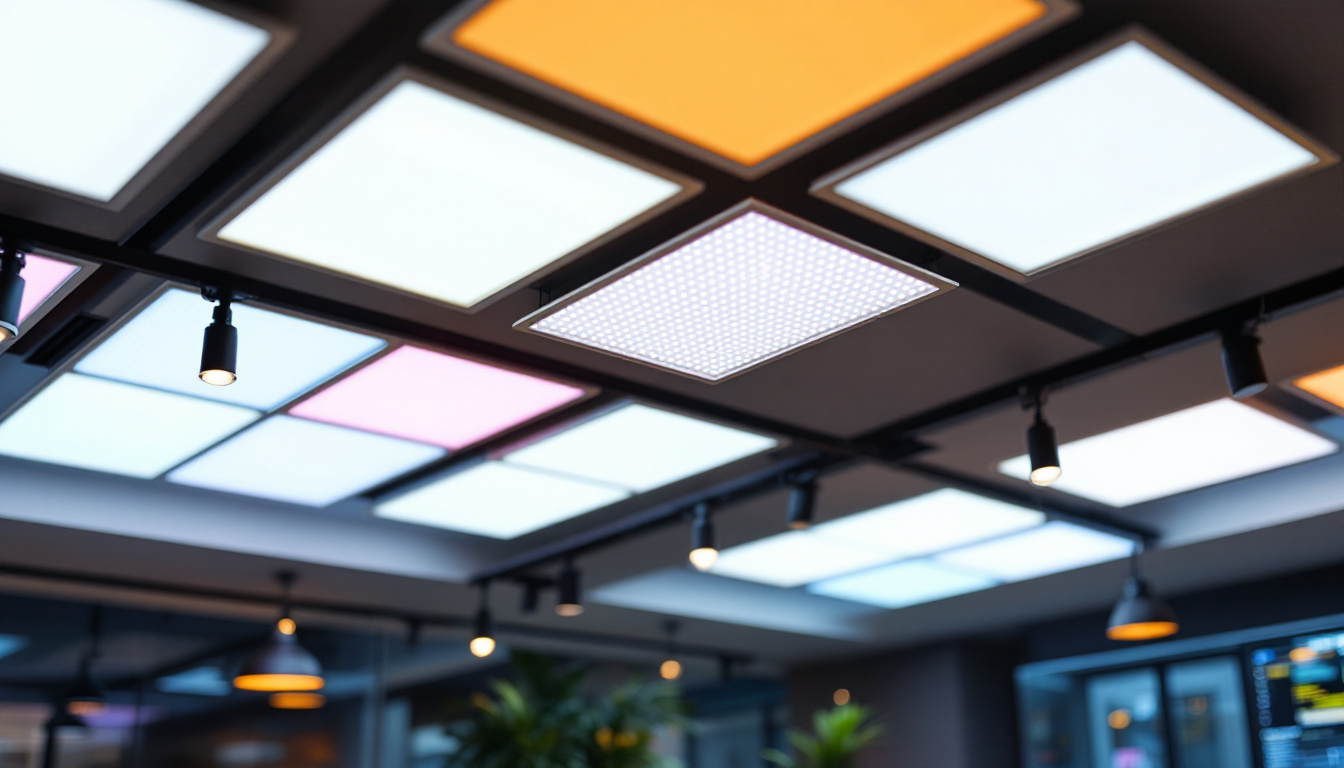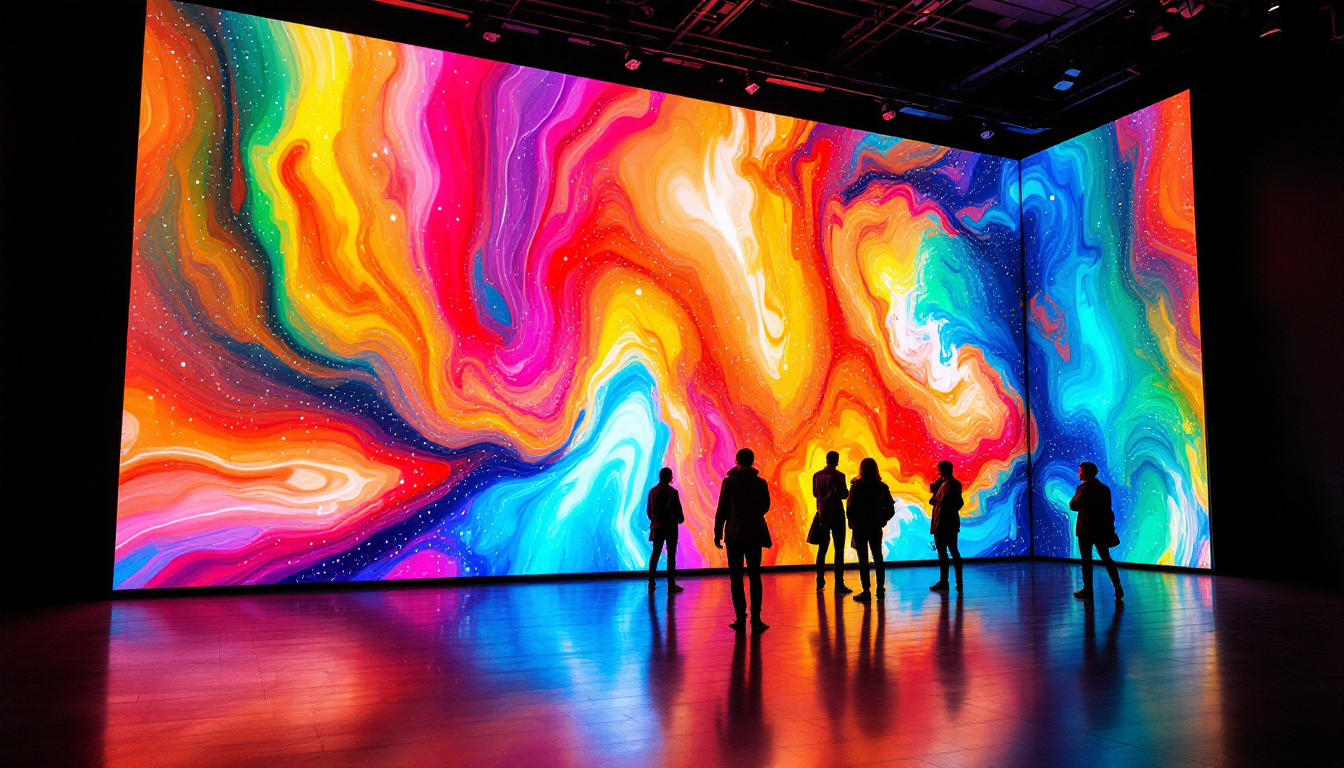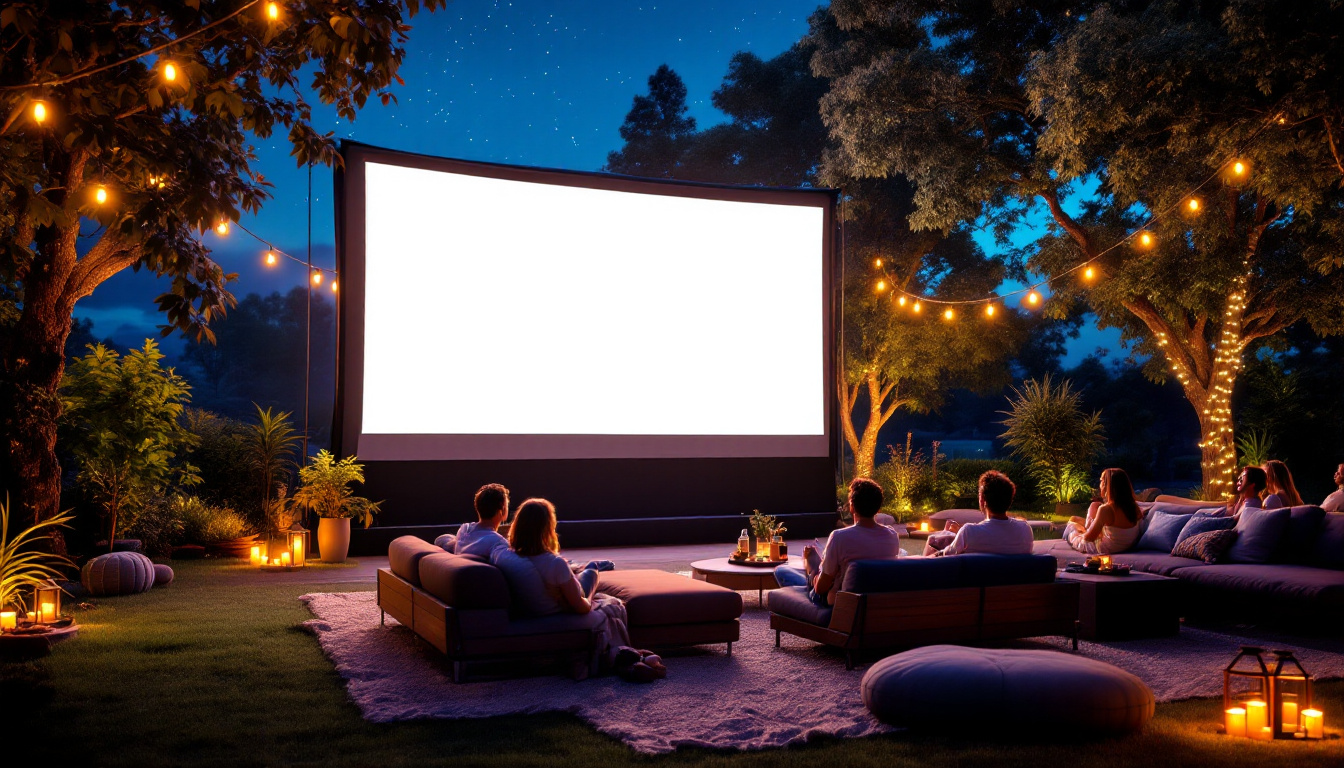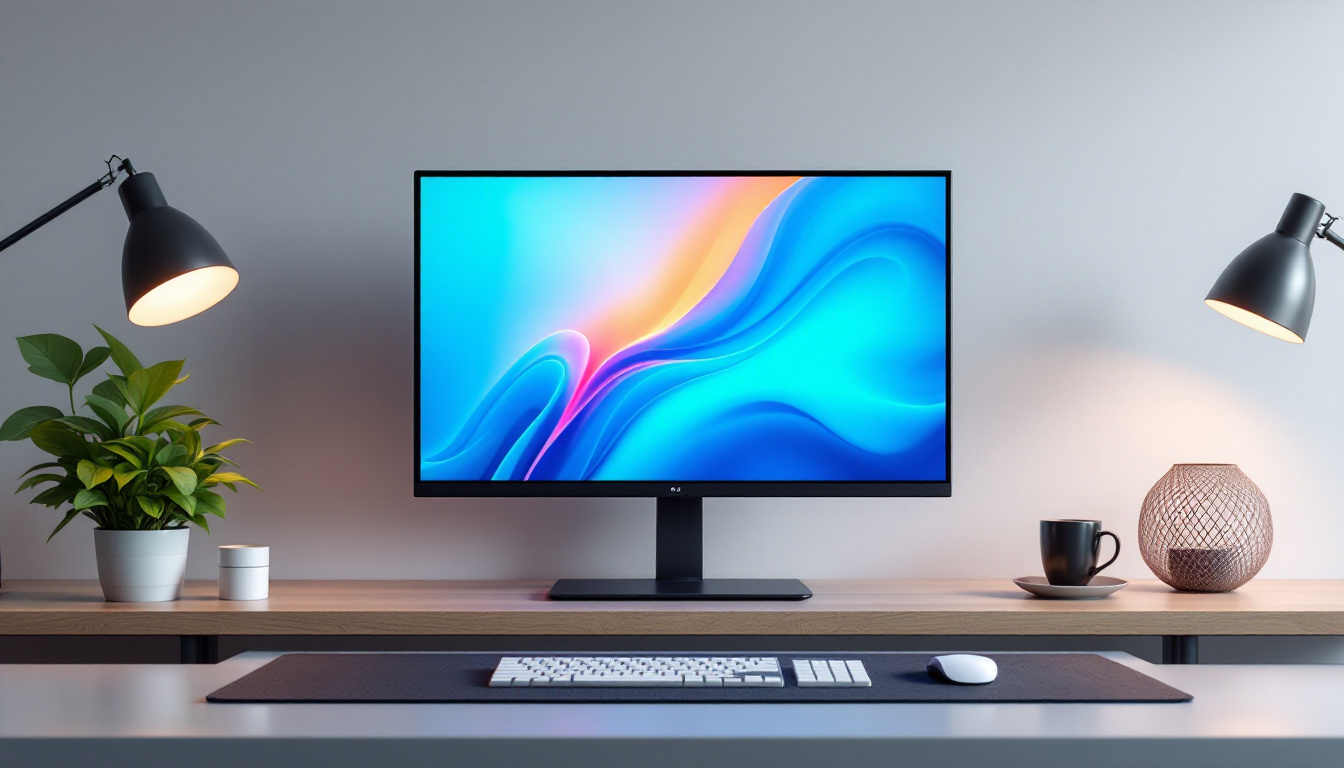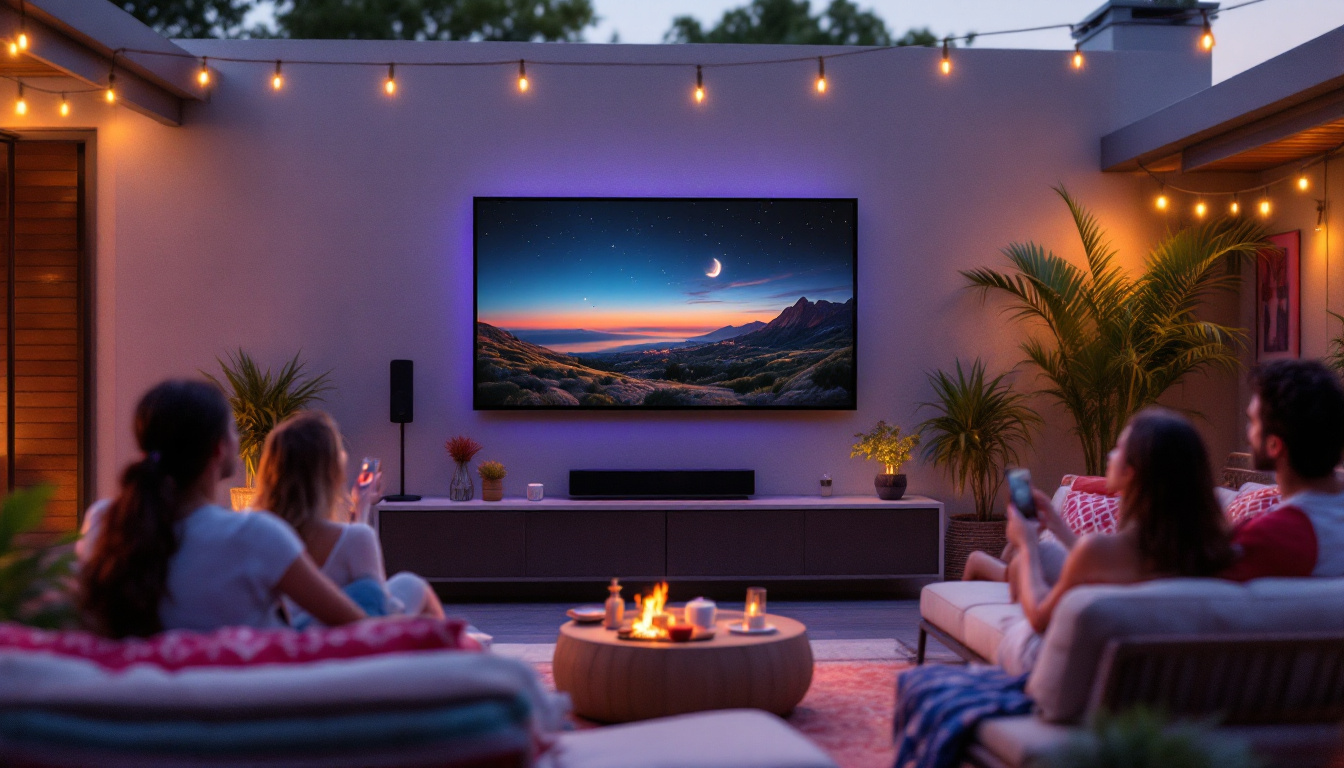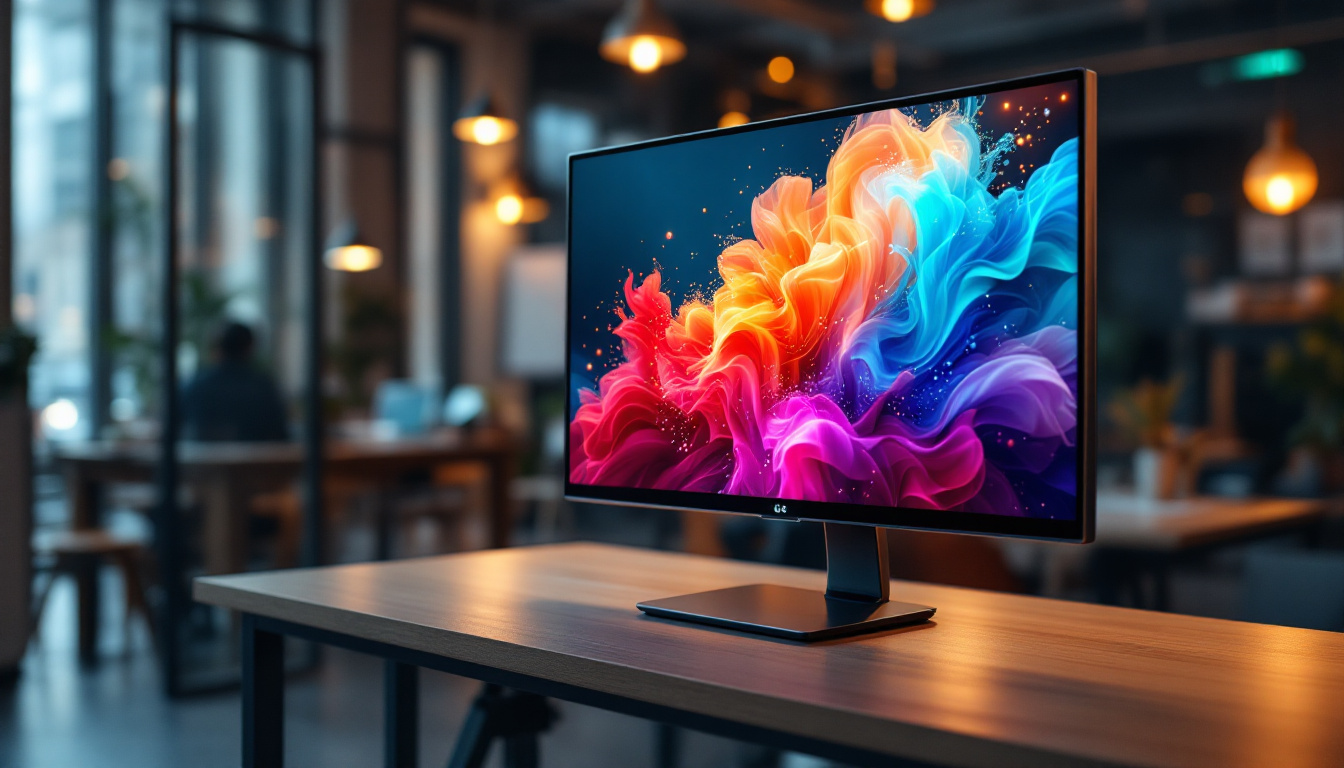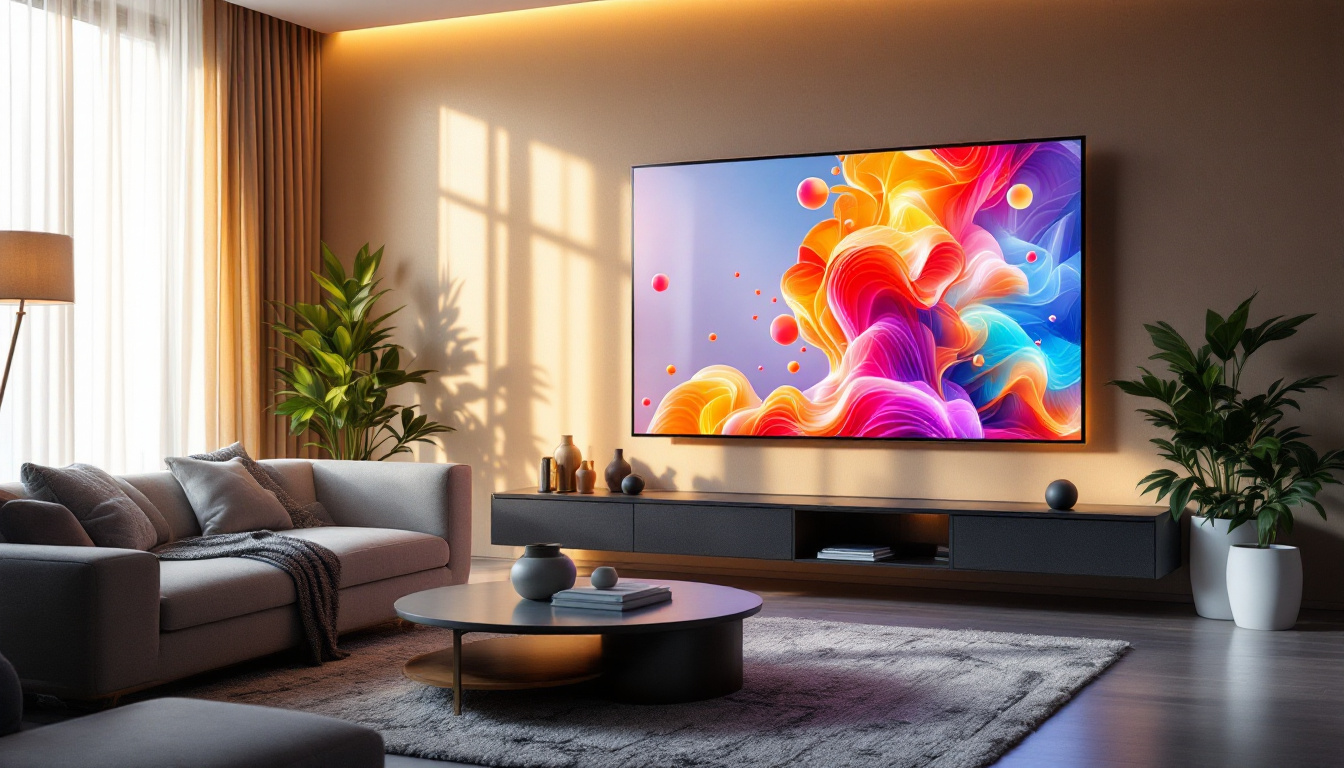In the world of modern computing and gaming, the choice of a monitor can significantly impact the overall experience. With the advent of LED technology and the VESA mounting standard, users now have more options than ever. This article delves into the intricacies of 3 monitor VESA setups, exploring the benefits of LED displays and how VESA compatibility enhances usability.
Understanding VESA Standards
The Video Electronics Standards Association (VESA) is an organization that develops and promotes display standards. One of its most notable contributions is the VESA mount interface standard, which provides guidelines for mounting displays securely and efficiently.
What is VESA Mounting?
VESA mounting refers to a standardized method for attaching monitors to walls or adjustable stands. This system uses a series of threaded holes on the back of the monitor, typically arranged in a square or rectangular pattern. The most common VESA sizes include 75×75 mm and 100×100 mm, though larger displays may use different dimensions.
VESA mounts come in various forms, including fixed, tilting, and full-motion mounts. This flexibility allows users to position their monitors in a way that best suits their workspace, reducing neck strain and improving ergonomics. Full-motion mounts, for instance, enable users to swivel and pivot their screens, making it easier to share content with colleagues or adjust the viewing angle for comfort during long hours of work.
Benefits of VESA Compatibility
One of the primary advantages of VESA compatibility is the ease of installation. Users can quickly attach their monitors to compatible mounts without the need for specialized tools or hardware. Additionally, VESA mounts often provide better cable management options, helping to keep workspaces tidy and organized. This is particularly beneficial in environments where multiple devices are in use, as it minimizes clutter and reduces the risk of accidental disconnections.
Moreover, VESA mounts can accommodate multiple monitors, allowing for expansive setups that enhance productivity. Whether for gaming, graphic design, or general multitasking, a well-configured multi-monitor setup can significantly improve workflow and efficiency. The ability to seamlessly switch between applications and view multiple documents side by side can lead to greater focus and reduced time spent toggling between windows. Furthermore, with the rise of remote work and digital collaboration, having a versatile and adjustable monitor setup has become essential for many professionals, enabling them to create a personalized workspace that caters to their specific needs and preferences.
The Rise of LED Technology
LED (Light Emitting Diode) technology has revolutionized the display industry, offering brighter, more vibrant colors and better energy efficiency compared to traditional LCD screens. Understanding the advantages of LED displays is crucial for anyone considering a new monitor. As technology continues to evolve, LED displays have become increasingly popular not only in consumer electronics but also in commercial and industrial applications, showcasing their versatility and adaptability.
Advantages of LED Displays
One of the most notable benefits of LED displays is their superior color accuracy and contrast. LED monitors can produce deeper blacks and brighter whites, resulting in a more dynamic viewing experience. This is particularly important for tasks that require precise color representation, such as photo editing or graphic design. Furthermore, LED displays are less prone to the blurring effects that can occur with fast-moving images, making them ideal for gaming and high-definition video playback.
Additionally, LED monitors generally consume less power than their LCD counterparts, making them a more environmentally friendly option. This energy efficiency can lead to significant savings on electricity bills, especially in commercial settings with multiple displays. The longevity of LED technology also contributes to its sustainability; many LED screens have a lifespan that far exceeds that of traditional displays, reducing the frequency of replacements and electronic waste. This combination of energy savings and durability makes LED technology an appealing choice for both consumers and businesses alike.
Different Types of LED Displays
LED displays come in several varieties, each catering to different needs and preferences. The most common types include:
- Edge-lit LED: These displays use LEDs placed along the edges of the screen, allowing for a thinner profile. While they offer good brightness and color, they may not provide the same level of uniformity as other types. Edge-lit displays are often favored for their sleek design, making them a popular choice for modern home decor.
- Direct-lit LED: In this configuration, LEDs are placed directly behind the screen, providing better brightness and color consistency. However, this design may result in a thicker monitor. Direct-lit displays are commonly used in larger screens, such as televisions, where uniformity and brightness are crucial for an immersive viewing experience.
- OLED: Organic Light Emitting Diodes offer superior contrast and color accuracy by allowing each pixel to emit its own light. While they tend to be more expensive, the visual quality is often unmatched. OLED technology is particularly sought after for high-end televisions and monitors, as it delivers stunning visuals that captivate viewers.
In addition to these types, there are also specialized LED displays designed for specific applications. For instance, outdoor LED displays are built to withstand harsh weather conditions and are often used for advertising billboards or public information displays. These outdoor models typically feature higher brightness levels to ensure visibility even in direct sunlight. Moreover, advancements in LED technology have led to the development of flexible LED screens, which can be curved or shaped to fit unconventional spaces, opening up new possibilities for creative installations and design.
Setting Up a 3 Monitor VESA Configuration
Creating a 3 monitor setup using VESA mounts can transform a workspace, offering ample screen real estate for multitasking. However, achieving an optimal configuration requires careful planning and consideration of various factors.
Choosing the Right Monitors
When selecting monitors for a 3-display setup, it is essential to consider factors such as screen size, resolution, and panel type. Ideally, the monitors should be of the same model to ensure color consistency and a seamless visual experience. However, if different models are used, matching the resolution and aspect ratio is crucial.
Additionally, consider the intended use of the monitors. For gaming, a higher refresh rate and lower response time are essential, while for professional work, color accuracy and resolution may take precedence. For instance, graphic designers might prioritize IPS panels for their superior color reproduction, while gamers might lean towards TN panels for their faster response times. Furthermore, if you plan to use your setup for video editing or content creation, monitors with HDR capabilities can significantly enhance the quality of your work by providing a wider color gamut and improved contrast.
Mounting Considerations
When mounting multiple monitors, the arrangement plays a significant role in usability. A common configuration is to position the monitors in a curved or angled formation, allowing for easy viewing without excessive head movement. VESA mounts that offer full motion capabilities can be particularly beneficial in this regard.
It is also important to ensure that the mounting hardware is rated for the combined weight of the monitors. This consideration helps prevent accidents and ensures a stable setup. Additionally, cable management should not be overlooked; using cable sleeves or clips can help keep your workspace tidy and organized, preventing tangles and ensuring that your setup looks professional. Furthermore, consider the height at which the monitors are mounted. Ideally, the top of the screen should be at or slightly below eye level to reduce neck strain during prolonged use. This ergonomic consideration can greatly enhance comfort and productivity, especially during long hours of work or gaming.
Enhancing Your Experience with Software
While hardware plays a crucial role in a multi-monitor setup, software can significantly enhance the user experience. Various applications are available to help manage multiple displays effectively.
Display Management Software
Display management software allows users to control how windows are arranged across multiple monitors. Programs like DisplayFusion or UltraMon offer features such as customizable taskbars, window snapping, and wallpaper management, making it easier to navigate between screens.
These tools can help maximize productivity by streamlining workflows and reducing the time spent managing open applications. Additionally, many of these applications support hotkeys, allowing for quick adjustments without interrupting workflow.
Gaming and Multi-Monitor Setup
For gamers, a 3 monitor VESA setup can provide an immersive experience, expanding the field of view and enhancing gameplay. Many modern games support multi-monitor configurations, allowing players to enjoy a broader perspective.
However, it is essential to ensure that the graphics card can handle the increased resolution and frame rates associated with multiple displays. High-performance GPUs are recommended for optimal gaming experiences across three monitors.
Common Challenges and Solutions
While a 3 monitor VESA setup offers numerous advantages, it can also present challenges. Understanding these potential issues and their solutions can help ensure a smooth experience.
Calibration Issues
One common challenge with multiple monitors is achieving consistent color calibration across all displays. Differences in panel technology and settings can lead to noticeable discrepancies in color and brightness.
To address this issue, consider using calibration tools or software to adjust the settings on each monitor. Many professional-grade displays come with built-in calibration features, allowing users to achieve uniformity with minimal effort.
Space and Ergonomics
Another challenge is managing physical space and ensuring ergonomic comfort. A 3 monitor setup can take up significant desk space, which may not be feasible for all users.
To mitigate this, consider using a monitor stand that elevates the displays, freeing up desk space below. Additionally, ensure that the monitors are positioned at eye level to reduce neck strain and promote a comfortable viewing angle.
Conclusion
Investing in a 3 monitor VESA setup with LED displays can greatly enhance productivity and user experience. By understanding the benefits of VESA mounting, the advantages of LED technology, and how to effectively set up multiple monitors, users can create a workspace that meets their specific needs.
Whether for gaming, professional work, or multitasking, the right combination of hardware and software can transform the way tasks are approached. As technology continues to evolve, embracing these advancements will ensure that users remain at the forefront of productivity and innovation.
Discover LumenMatrix’s Advanced LED Display Solutions
Ready to elevate your workspace or entertainment area with a cutting-edge 3 monitor VESA setup? Look no further than LumenMatrix, a pioneer in LED display technology. Our diverse range of products, from Indoor and Outdoor LED Wall Displays to innovative solutions like Vehicle LED Displays and Custom LED Displays, is designed to transform your visual experience. Embrace the future of digital signage with LumenMatrix and create an environment that stands out. Check out LumenMatrix LED Display Solutions today and see the difference for yourself!

